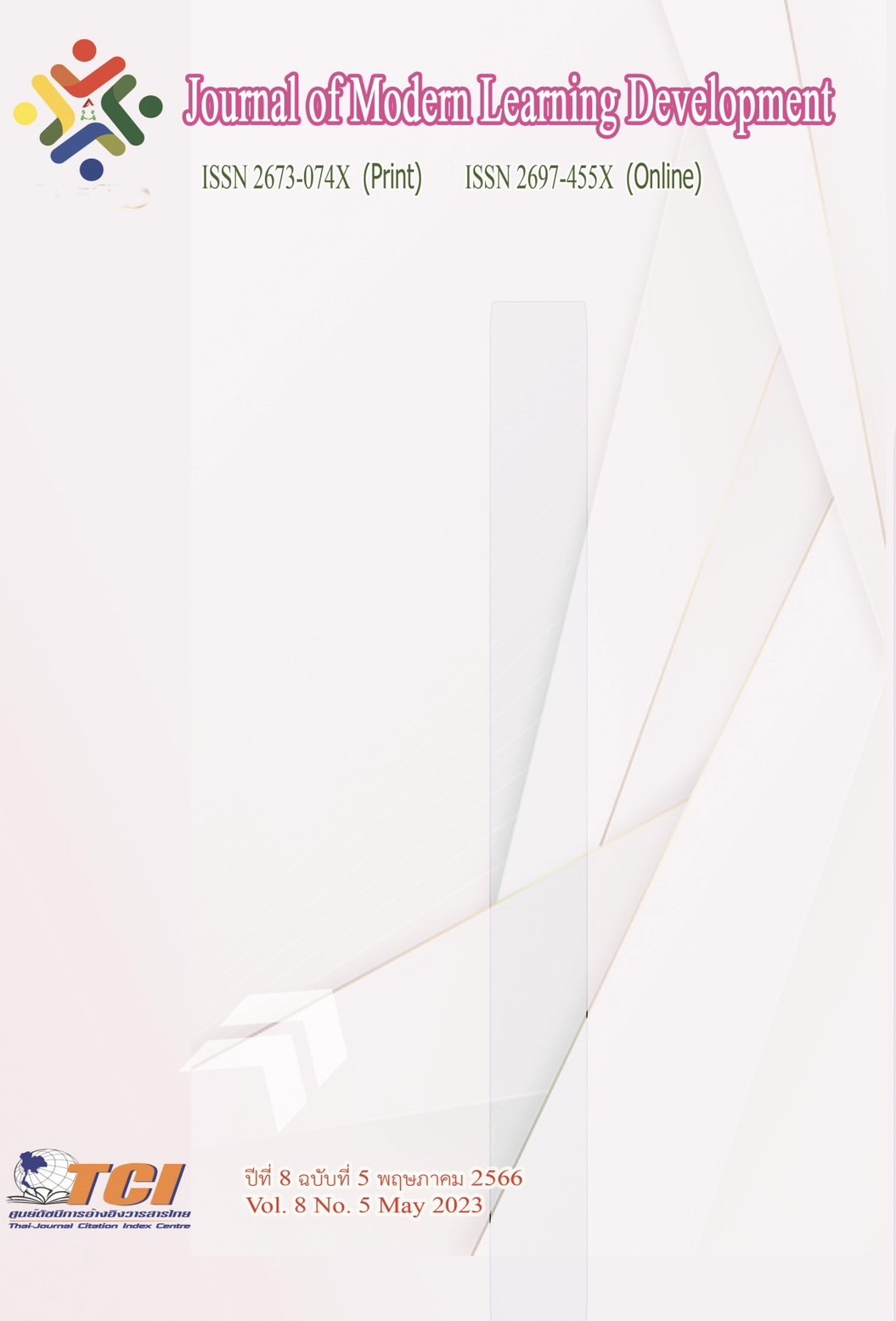Goverment Political Communication : Communication Process and Political Communication Problems Through New Media in the Government of General Prayut Chan-Ocha
Main Article Content
Abstract
This academic paper aims to study the political communication of the government and the problem of political communication through the new media of General Prayut Chan-ocha's government. It was found that 1) the government's communication process was based on the theory of David K. Berlo in the model S M C R (Source) refers to the government of General Prayut Chan-ocha, the Cabinet and members of the House of Representatives for the first and second terms. (Message) means information sent from the government to the people and various sectors. There are social dimensions, political dimensions. The economic dimension (Channel) refers to the channel for sending government news through new media such as Facebook, Twitter, Instagram, TikTok, or even Sending video clips for broadcasting live (Live) or clips via YouTube channels. It also communicates through personal media such as academics, teachers, artists, politicians and the general public. (Receiver) means recipients from the government or the general public, students, academics, government officials, private employees, elderly people, etc. 2) Problems in communication of the government through new media. It was found that there were problems of communication via online media or new media as follows: social media problems may not be politically neutral. Social media problems are formal and less regulated, lack of flexibility. The government's use of social media is limited. Problems of cyber bullying, identity theft, and enforcement of the Computer Crime Act B.E. 2560 (2017).
Article Details
References
คันธิรา ฉายาวงศ. (2564). แนวโน้มการเมืองไทยกับสื่อสังคมออนไลน์ในศตวรรษที่ 21. วารสารเทคโนโลยีสื่อสารมวลชน มทร.พระนคร. 6 (1), 97-107.
นันทนา นันทวโรภาส. (2558). “ดร.นันทนา” วิพากษ์สื่อสารการเมืองของผู้นำจากยุคทักษิณ ถึง นายกฯประยุทธ์. ออนไลน์. สืบค้นเมื่อวันที่ 3 พฤศจิกายน 2565 แหล่งที่มา http://www.isranews.org/ isranews/item/37935- interview_580415.html.
นันทนา นันทวโรภาส. (2558). สื่อสารการเมือง ทฤษฎีและการประยุกต์ใช้. กรุงเทพมหานคร: สำนักพิมพ์แมสมิเดีย.
ปรมะ สตะเวทิน. (2527). หลักนิเทศศาสตร์. กรุงเทพมหานคร: รุ่งเรืองการพิมพ์.
พระอธิการแสงอารุณ ชยาภินนฺโท (อ้อยผดุง), พระครูโสภณปริยัติสุธี, สหัทยา วิเศษ .(2565). การสื่อสารทางการเมืองผ่านเครือข่ายสังคมออนไลน์ของประชาชนเขตอำเภอเมือง พะเยา จังหวัดพะเยา. วารสารวิจัยวิชาการ. 5 (3), 1-14.
สุภาภรณ์ ติ่งอินทร์. (2553). กลยุทธ์การสื่อสารของสมาชิกวุฒิสภา (ส.ว.) ที่เคยดำรงตำแหน่งกำนัน. กรุงเทพมหานคร: มหาวิทยาลัยธรรมศาสตร์.
สุรพล สุยะพรหม และนันทนา นันทวโรภาส. (2562). การสื่อสารทางการเมืองของพระเทพปฏิภาณวาที (เจ้าคุณพิพิธ): ศึกษาในช่วงเวลา พ.ศ. 2540-2560. วารสารมหาจุฬานาครทรรศน์. 6 (5), 2501-2518.
Berlo, D. (1960). The Process of Communication. New York : Holl, Reneheart and Winston, Inc. McNair, B. (2011). An Introduction to Political Communication. 3rd ed. New York : Routledge.


